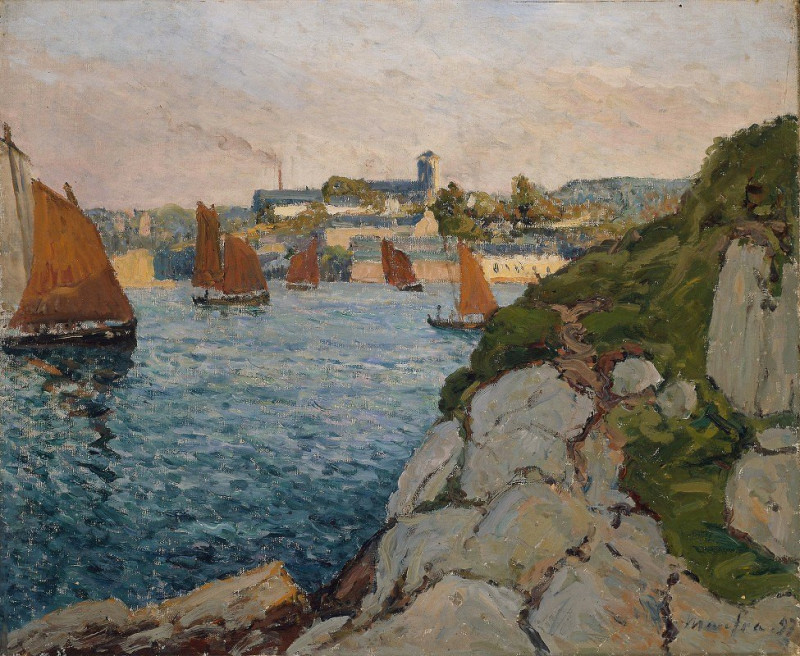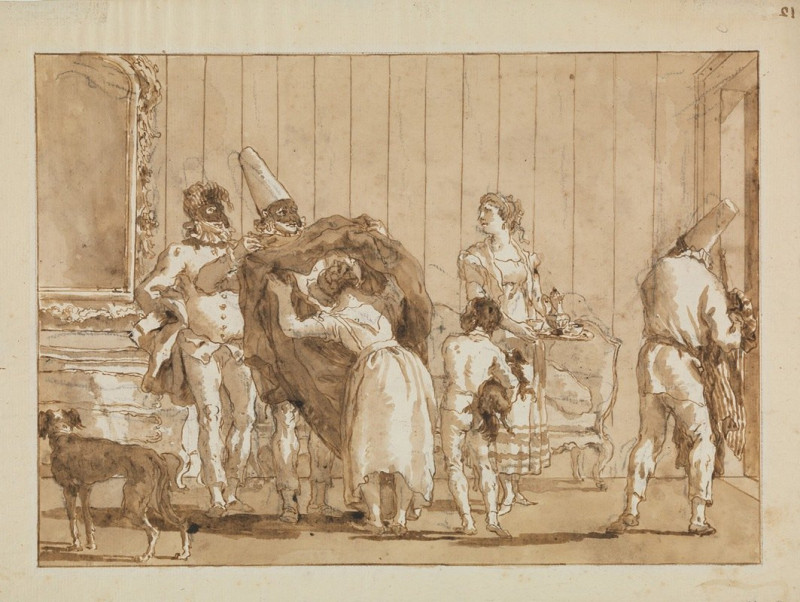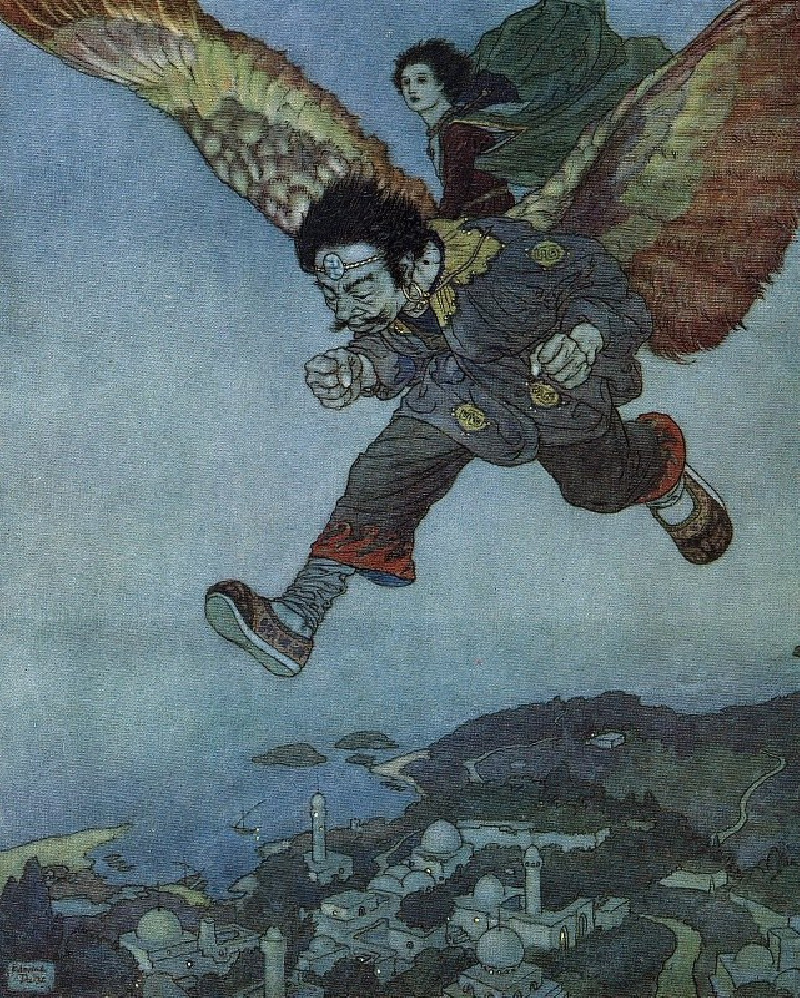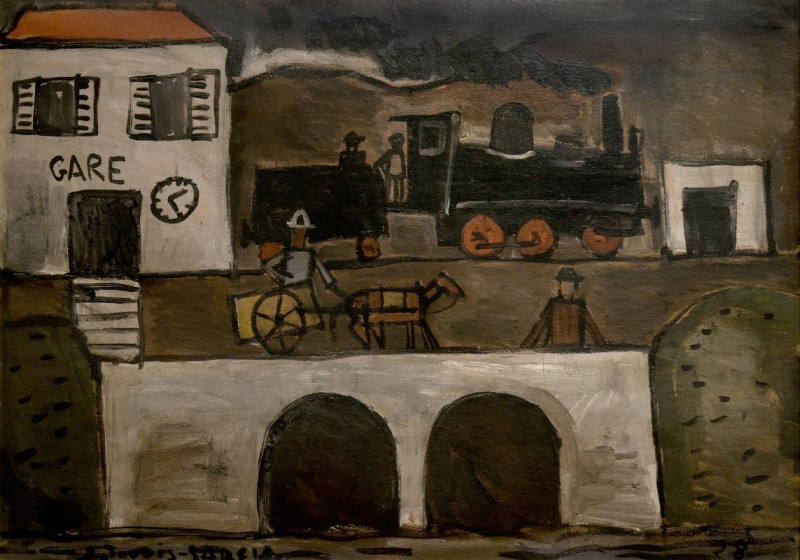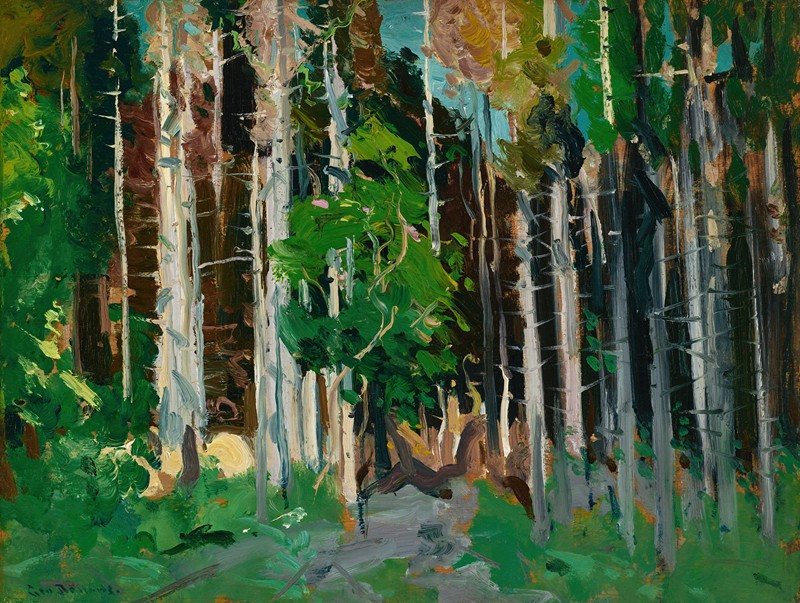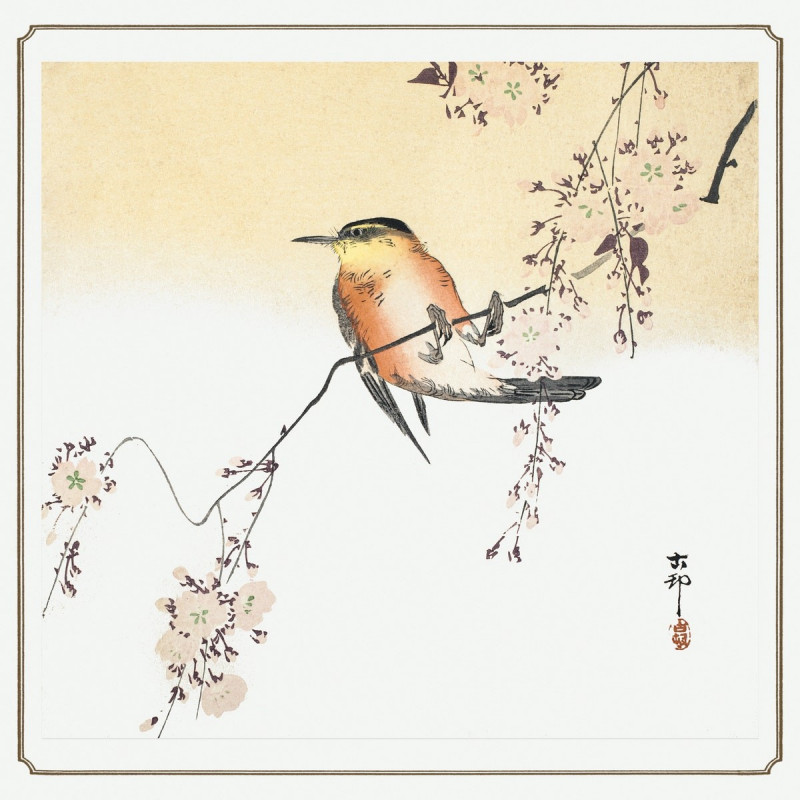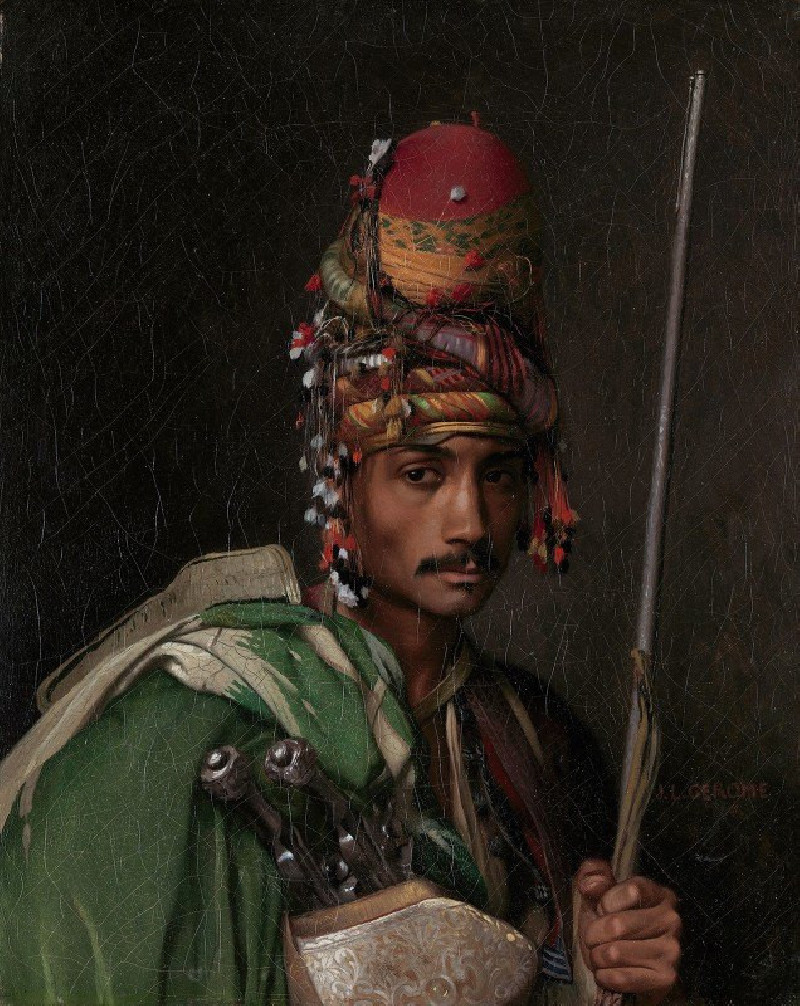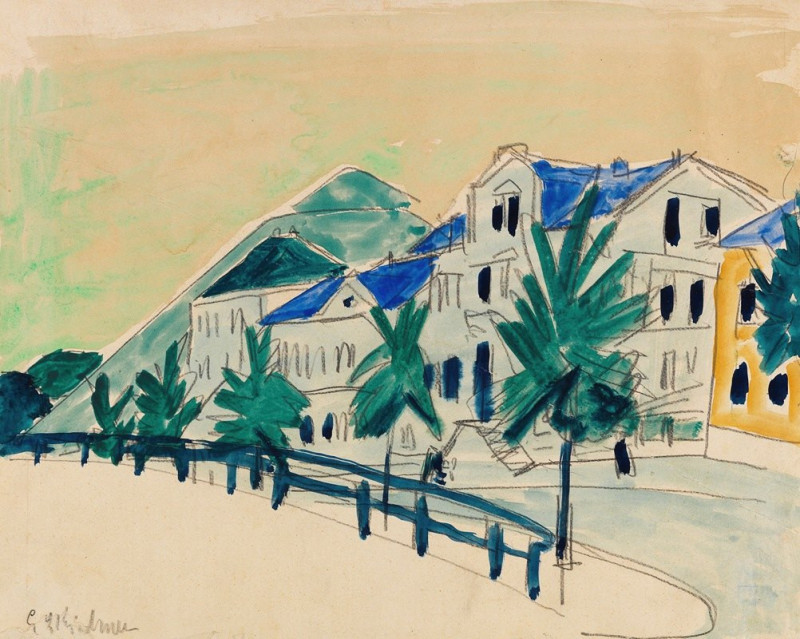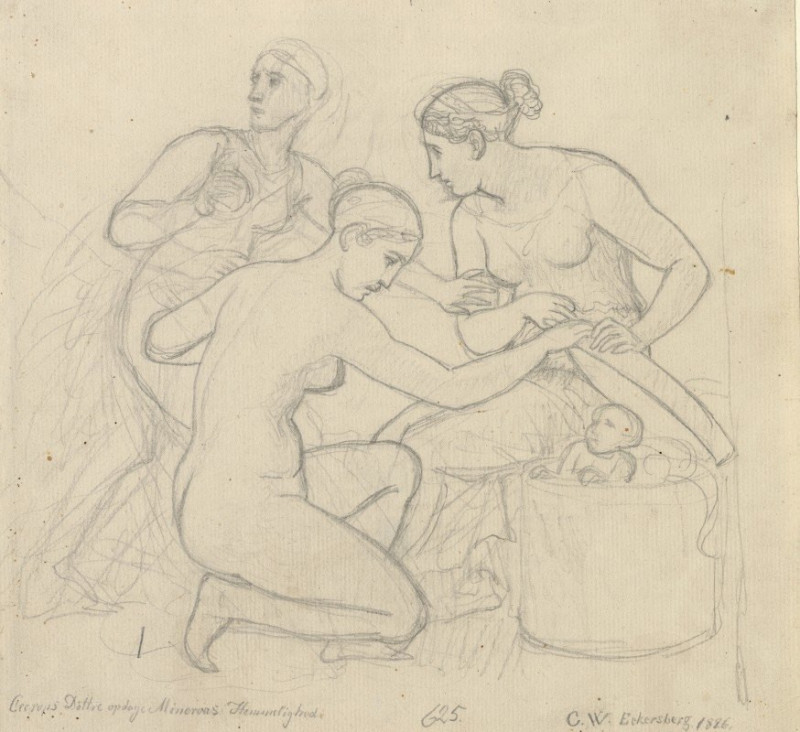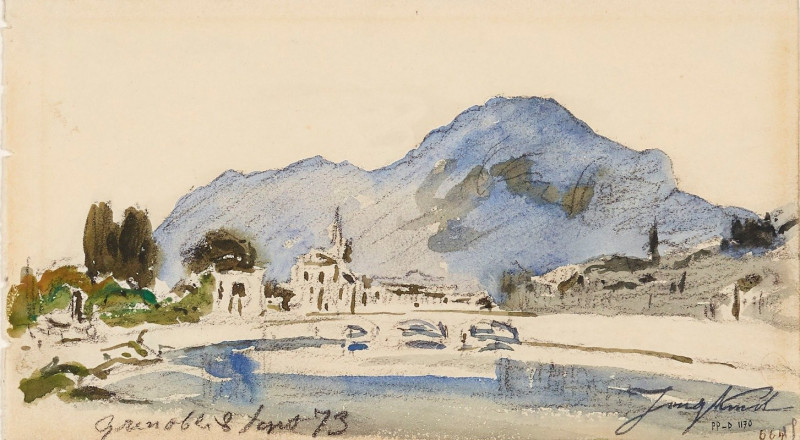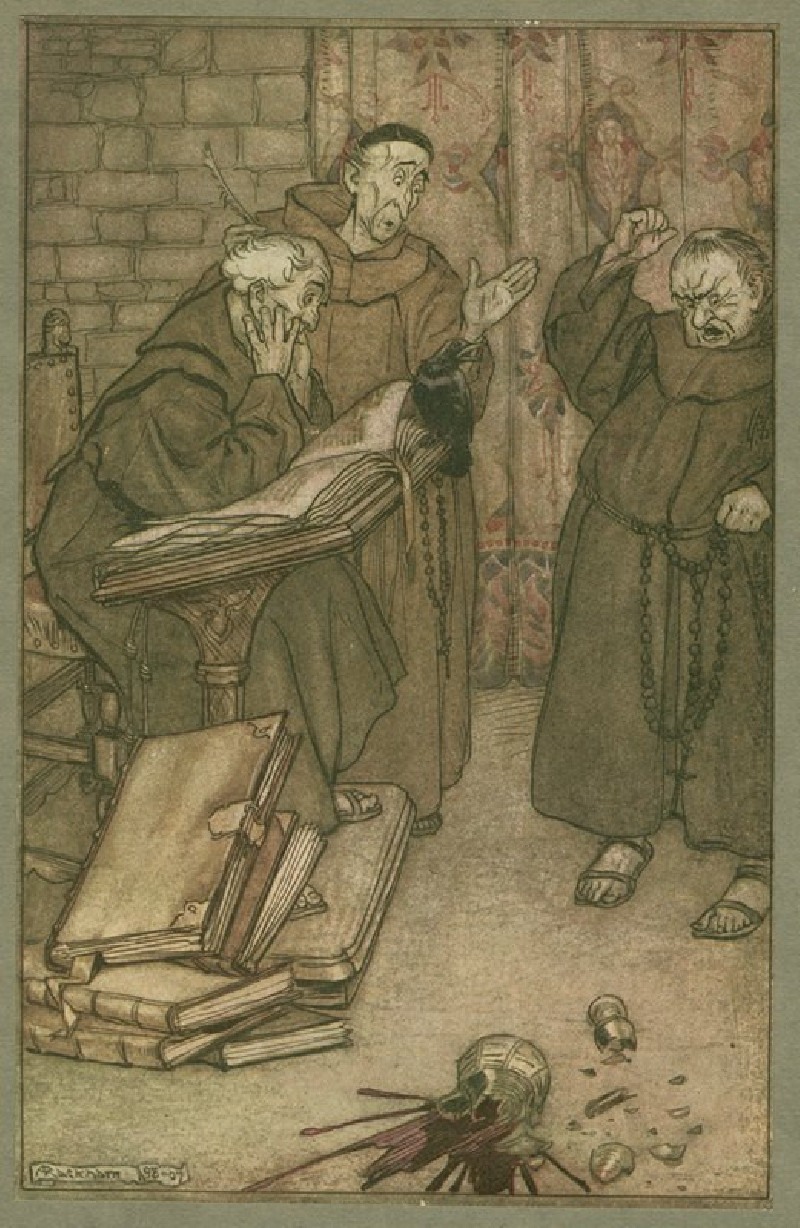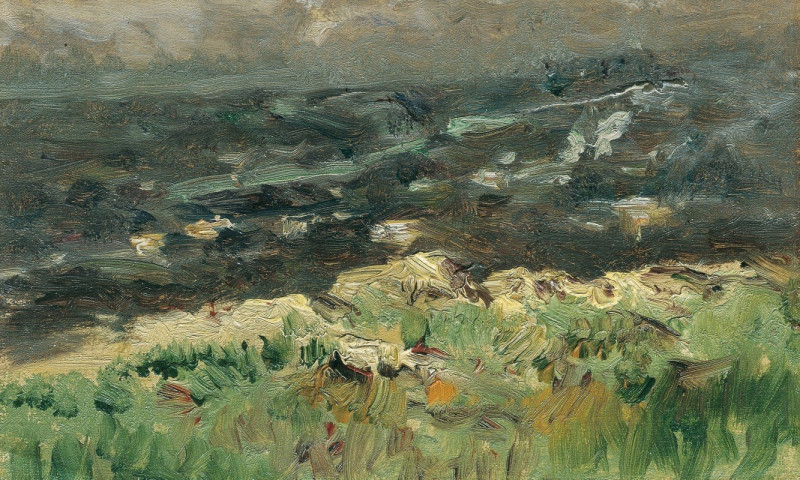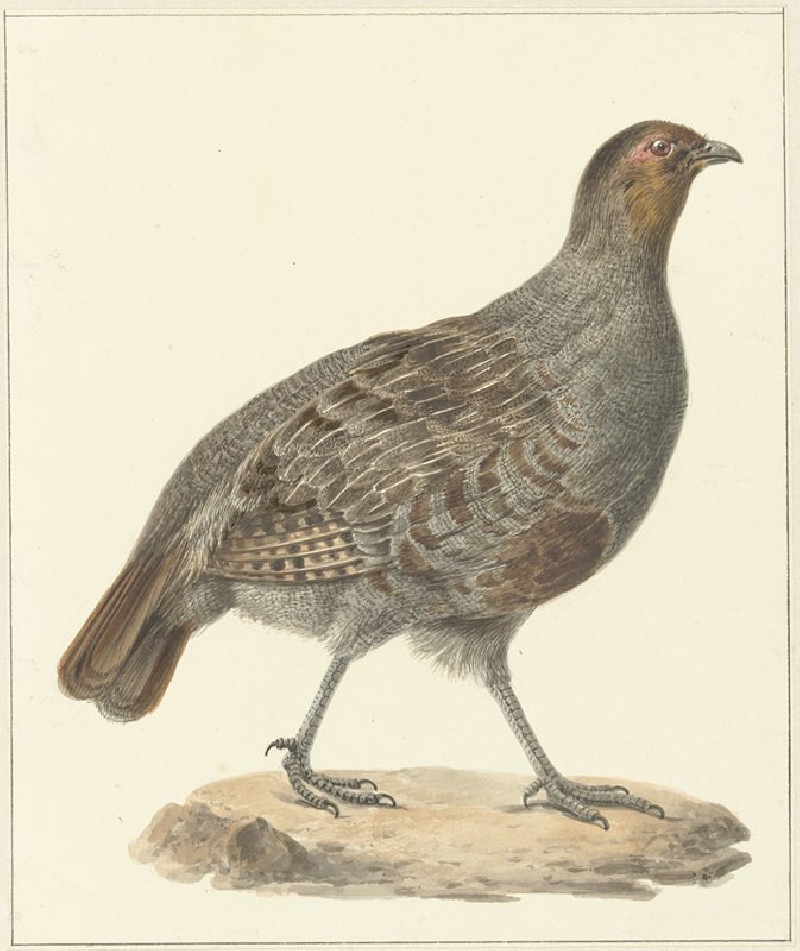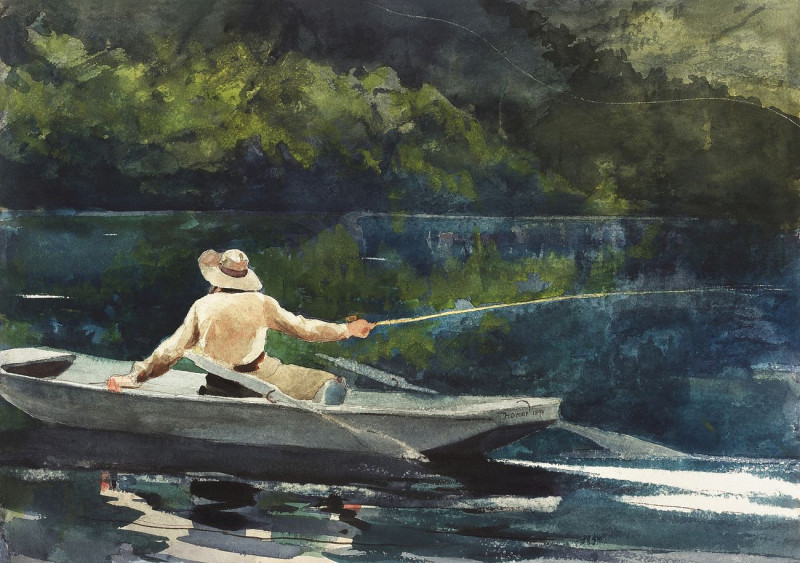Der Friedensrichter
Technique: Giclée quality print
Recommended by our customers
More about this artwork
Karl Wiener's evocative piece "Der Friedensrichter" ("The Magistrate") captures the solemn gravity of its subject through the artist’s masterful use of chiaroscuro and expressive lines. At the heart of this artwork lies the portrait of a man, presumably the magistrate, portrayed with compelling intensity. The figure's sharply defined facial features, cast in shadow and light, conjure a sense of stern authority and deep contemplation. His gaze, directed upward, suggests a moment of decision-making or moral reckoning, which is fitting given the title of the work.The heavy strokes and contrasting areas of darkness and illumination enhance the psychological depth of the portrait, inviting viewers to ponder the weighty considerations faced by a peace judge in his duty. This stark, minimalist approach not only focuses the viewer's attention on the subject's facial expression and posture but also evokes the broader theme of justice and the human elements that underpin it.“Der Friedensrichter” is a powerful exploration of character and duty, rendered with a simplicity that belies its emotional complexity.
































